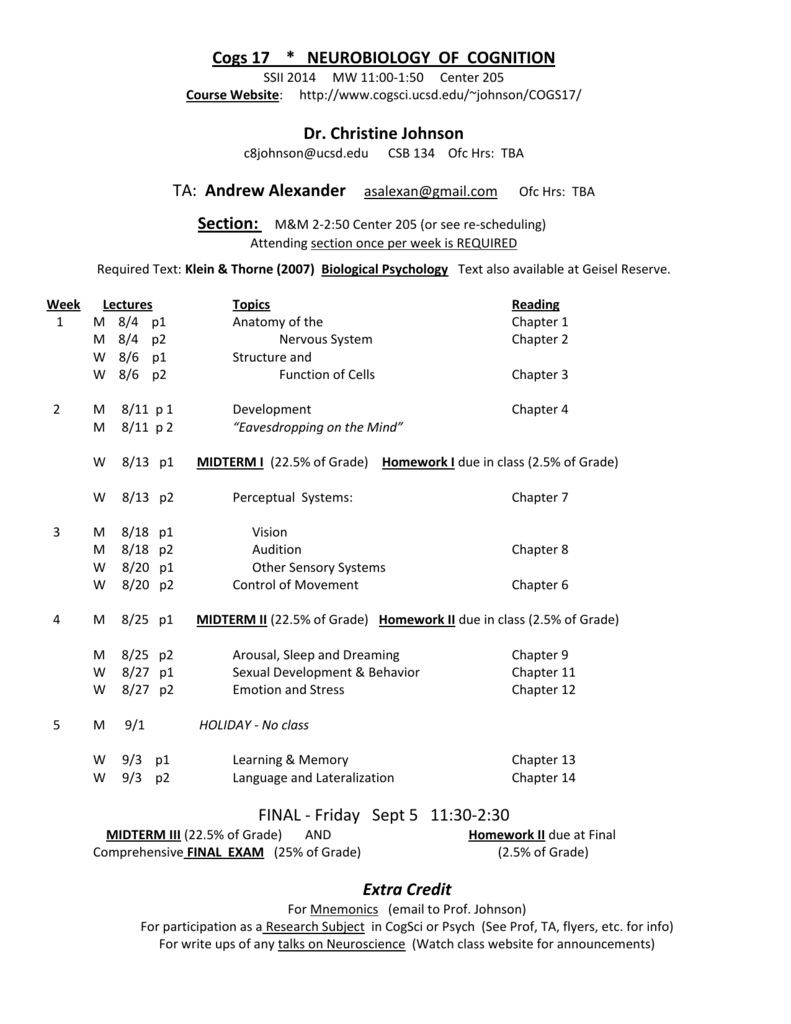

True T/F of Synapse: Vesicles packed with NT attach to the membrane of the Pre-Synaptic cell. False T/F of Synapse: Neurotransmitter is released in a process called "Exocytosis". True Action Potential All or nothing release of NT Action Potential Also called a "spike" Graded Potential Is often the result of the summation of both excitatory and inhibitory inputs Both greater or lesser release of NT Both Can result in the release of either excitatory or inhibitory NT Nodes of Ranvier When an axon is is wrapped by glia cells, speeding up its signal Electrical Conduction When excited electrons "instantaneously" jump from atom to atom, within an insulatedmedium Ionic Conduction When whole, charged atoms flow through pores in the cell membrane Myelination Sustain ionic conduction between myelin sheaths, boosting nerve impulse for subsequent electrical conduction Saltatory Conduction In a myelinated cell, nerve impulse "jumps" from node to node Multiple Sclerosis Degeneration of myelin prevents action potential, since exposed membrane has no ion channels T/F of Synapse: The Post-Synaptic cell releases NT into the Synaptic Cleft. False T/F of Action Potential: A change in polarity at the terminal causes Ca++ gates to open, and Ca++ enters the cell. False T/F of Action Potential: When an influx of K+ reaches the end of the axon, the cell will fire. True T/F of Action Potential: The movement of Potassium ions results in a shift in polarization to about -70mV. False T/F of Action Potential: The movement of Sodium ions results in a local depolarization, to about +50mV True T/F of Action Potential: Next K+ leaves the cell. Polarized When there is a significant difference in charge, across the membrane Na+ Greater concentration outside of cell K+ Greater concentration inside of cell -70mV Difference in charge across membrane Na+ Sodium-Potassium Pump collects 3 of these ions, for each 2 of the other type that it ejects T/F of Action Potential : Always begins at the "Axon Hillock" True T/F of Action Potential: First Na+ leaves the cell. Electrostatic Pressure The repulsion between like charges - e.g.



outside the cell Concentration Gradient Random motion of molecules, that results in their spreading to equally fill a space Electrical Gradient A difference in the net (summed) charge, inside vs. Ependymal Calls Line the ventricles, oozing CSF Glioma Runaway regeneration (brain tumor) Axon Single branch, carrying signal that leads to release of NT Terminal Where exocytosis occurs Dendrites Multiple branches, for recieving input from other cells Ion gates Pores in the cell membrane, that control the out/influx of ions Diffusion A difference in the number ions, of a given type, inside vs.


 0 kommentar(er)
0 kommentar(er)
